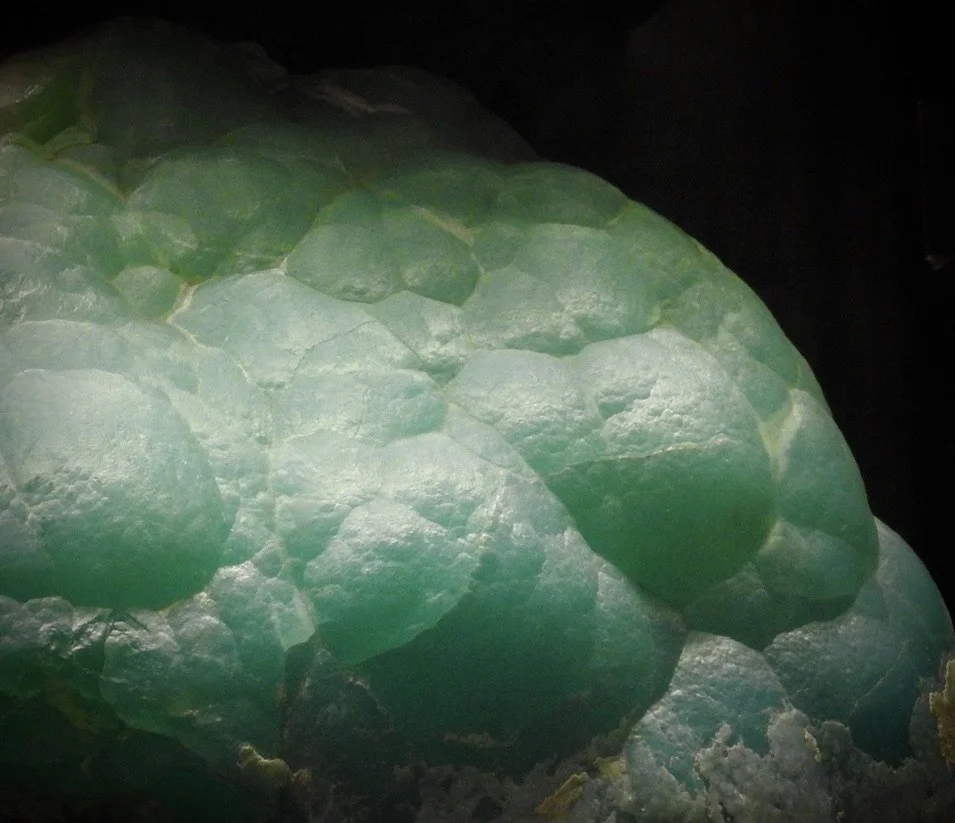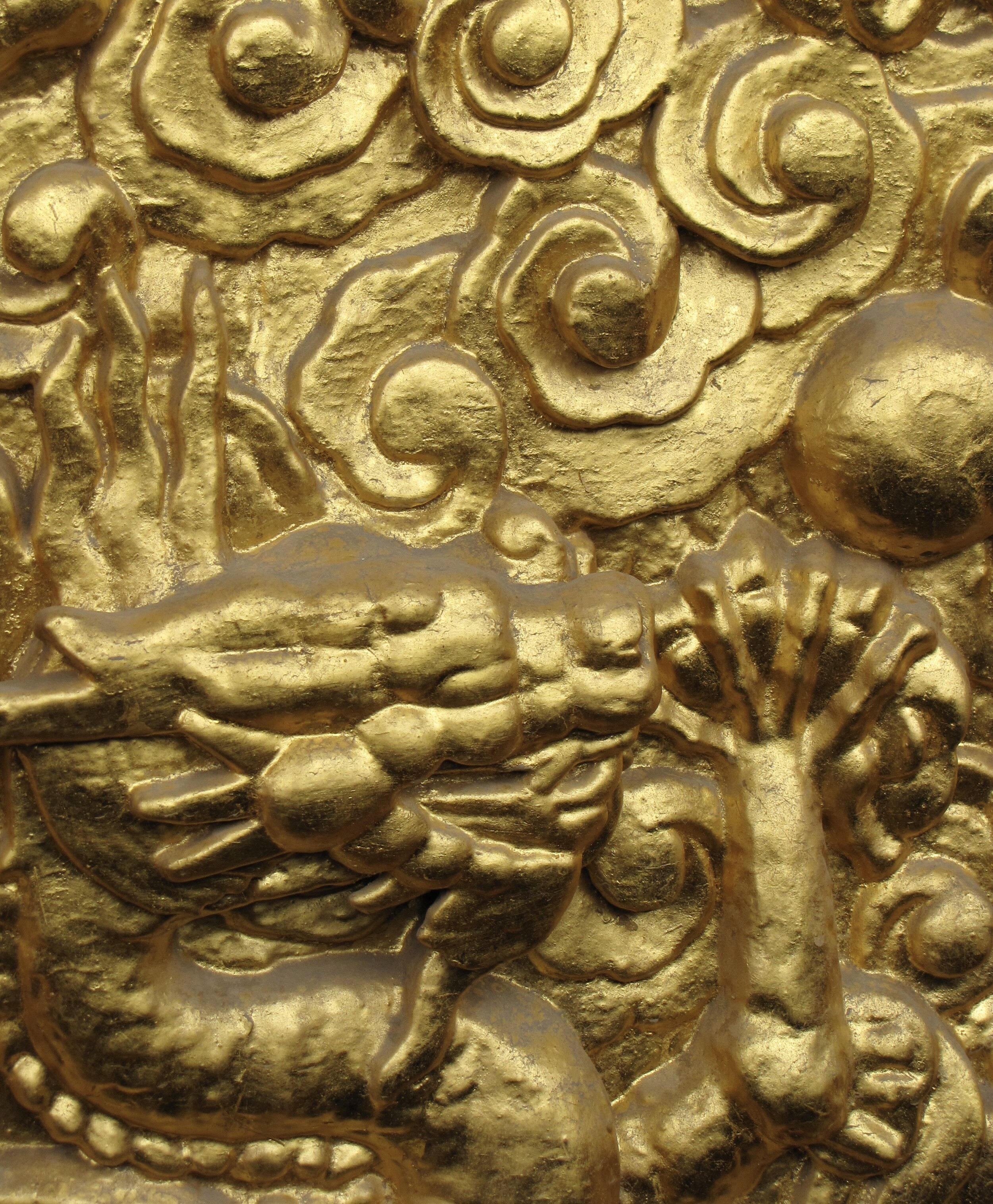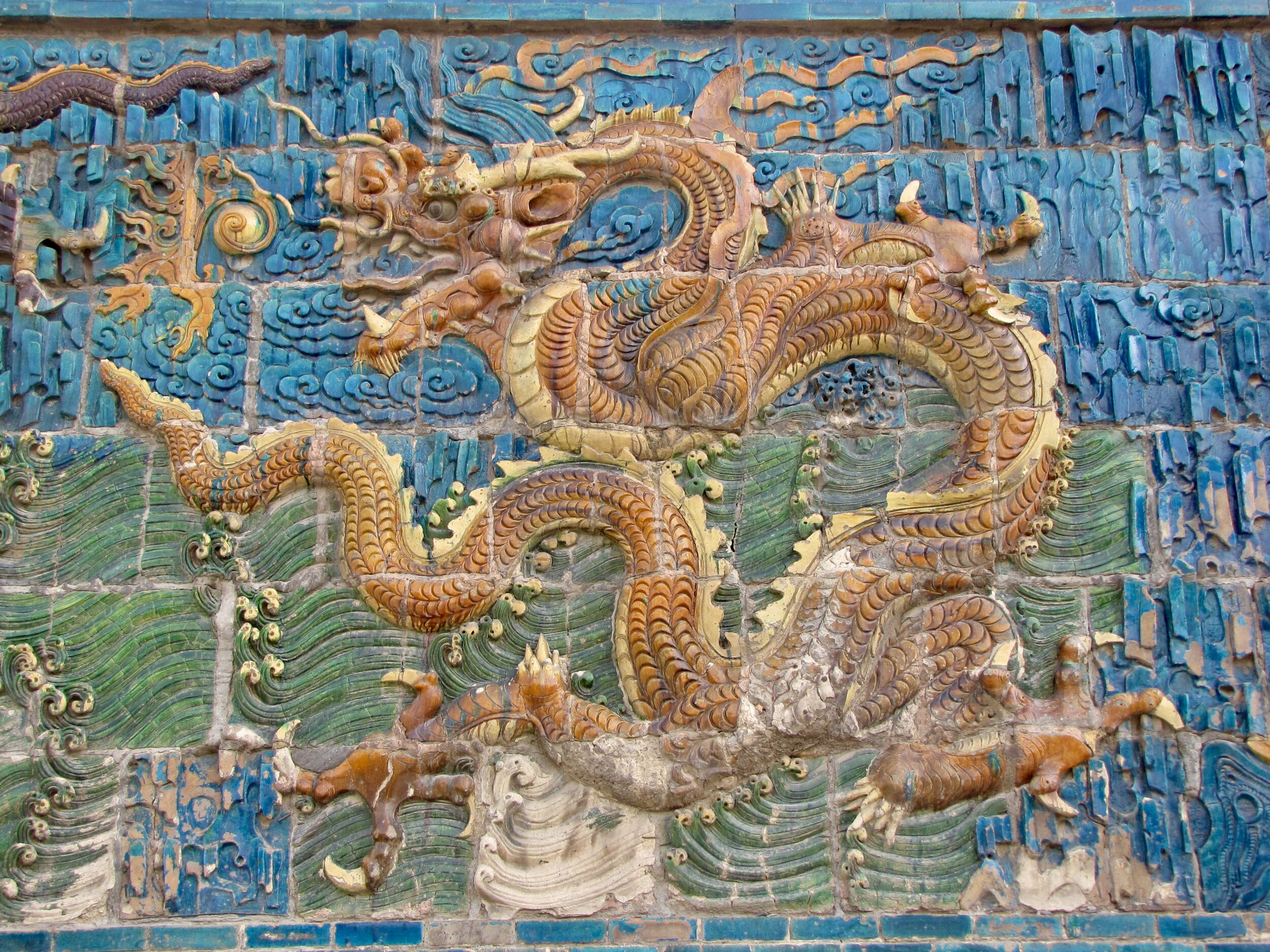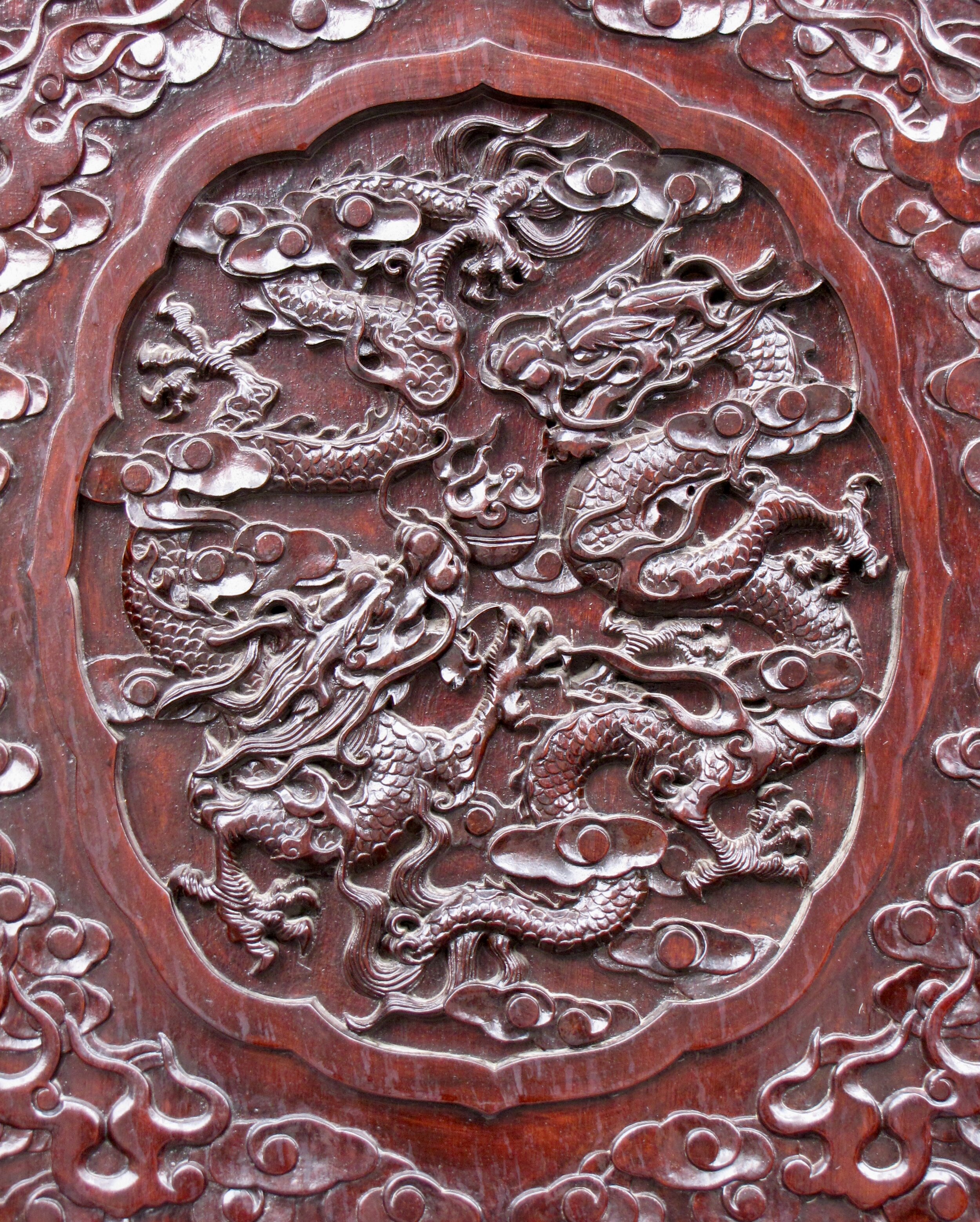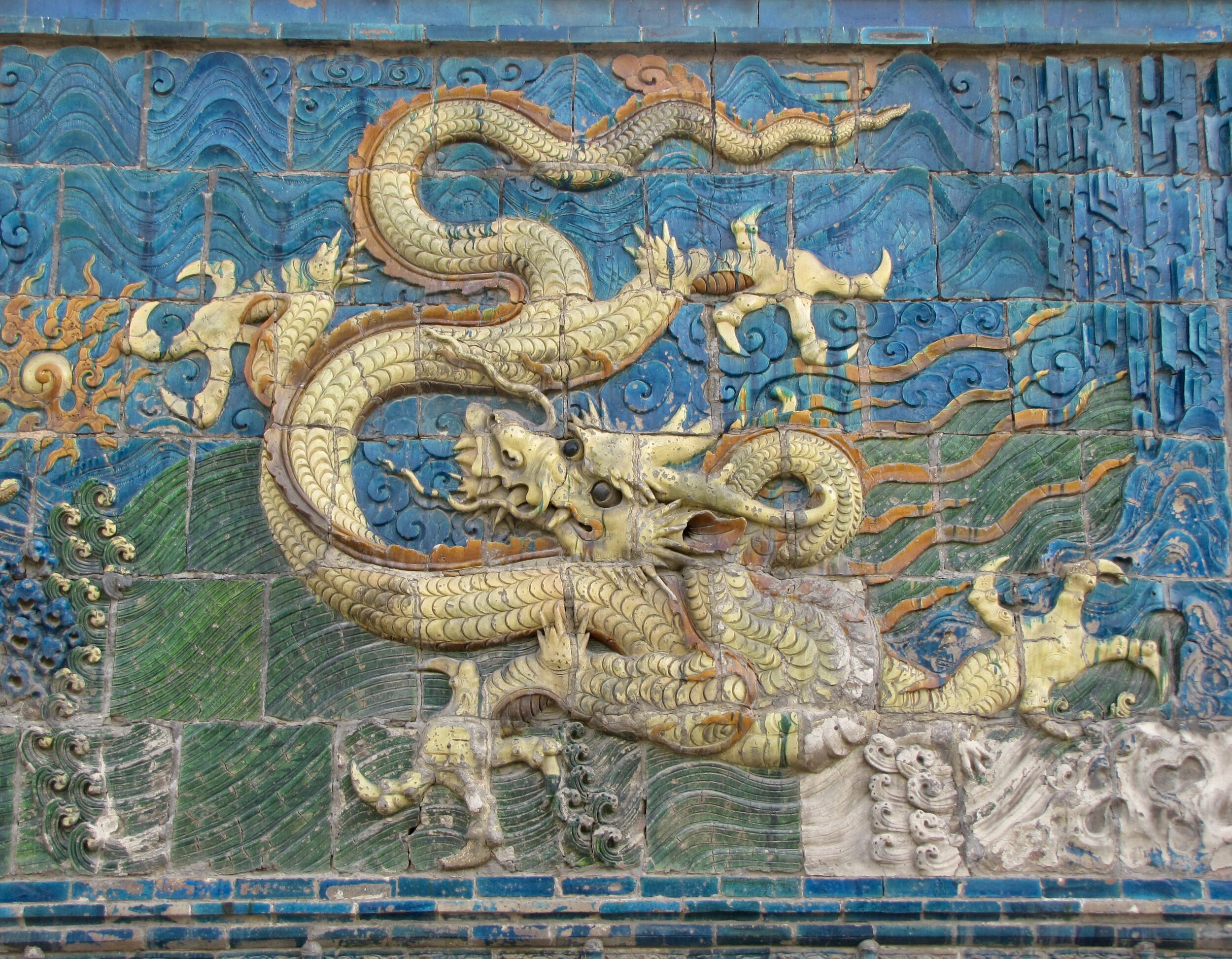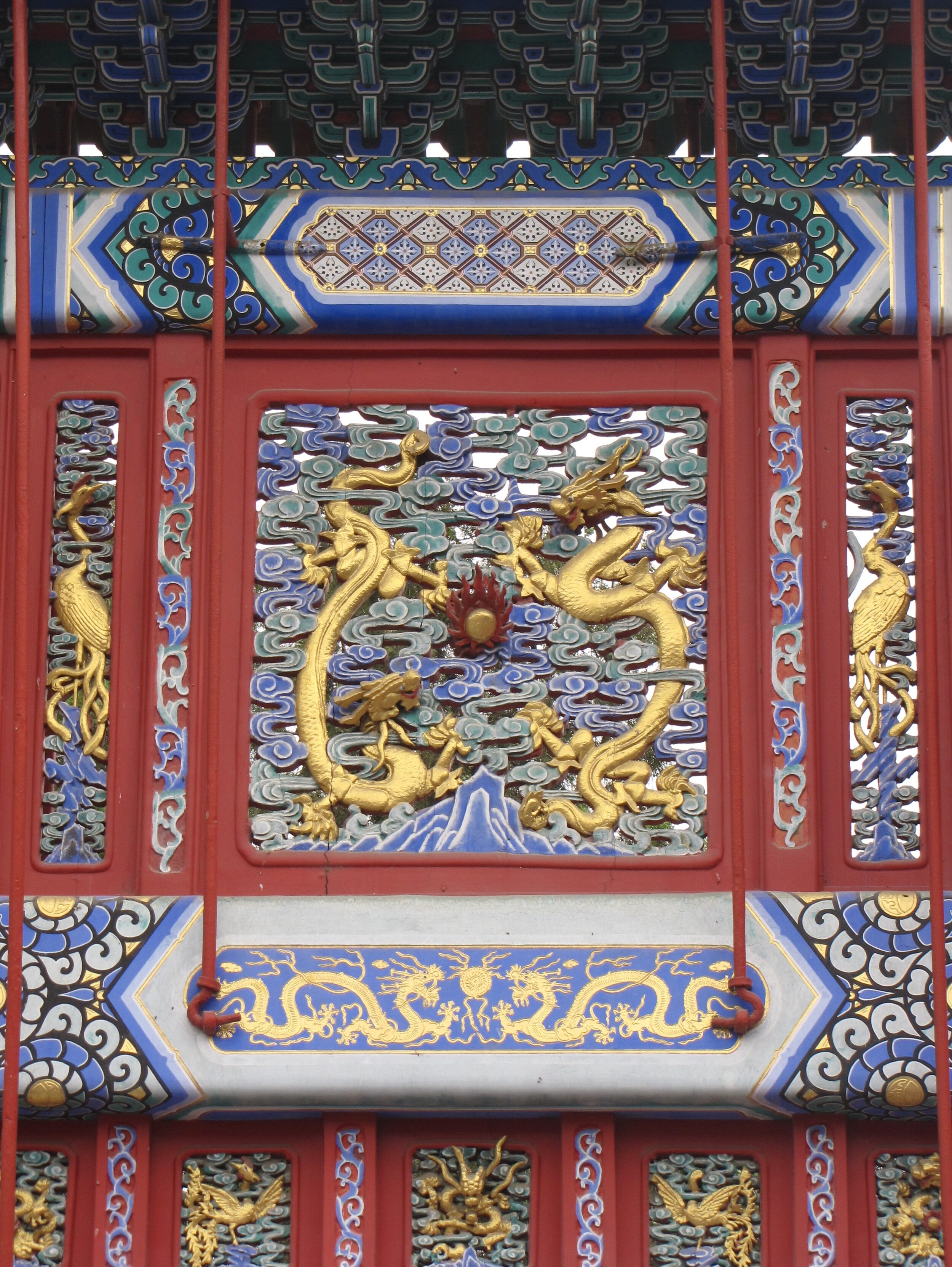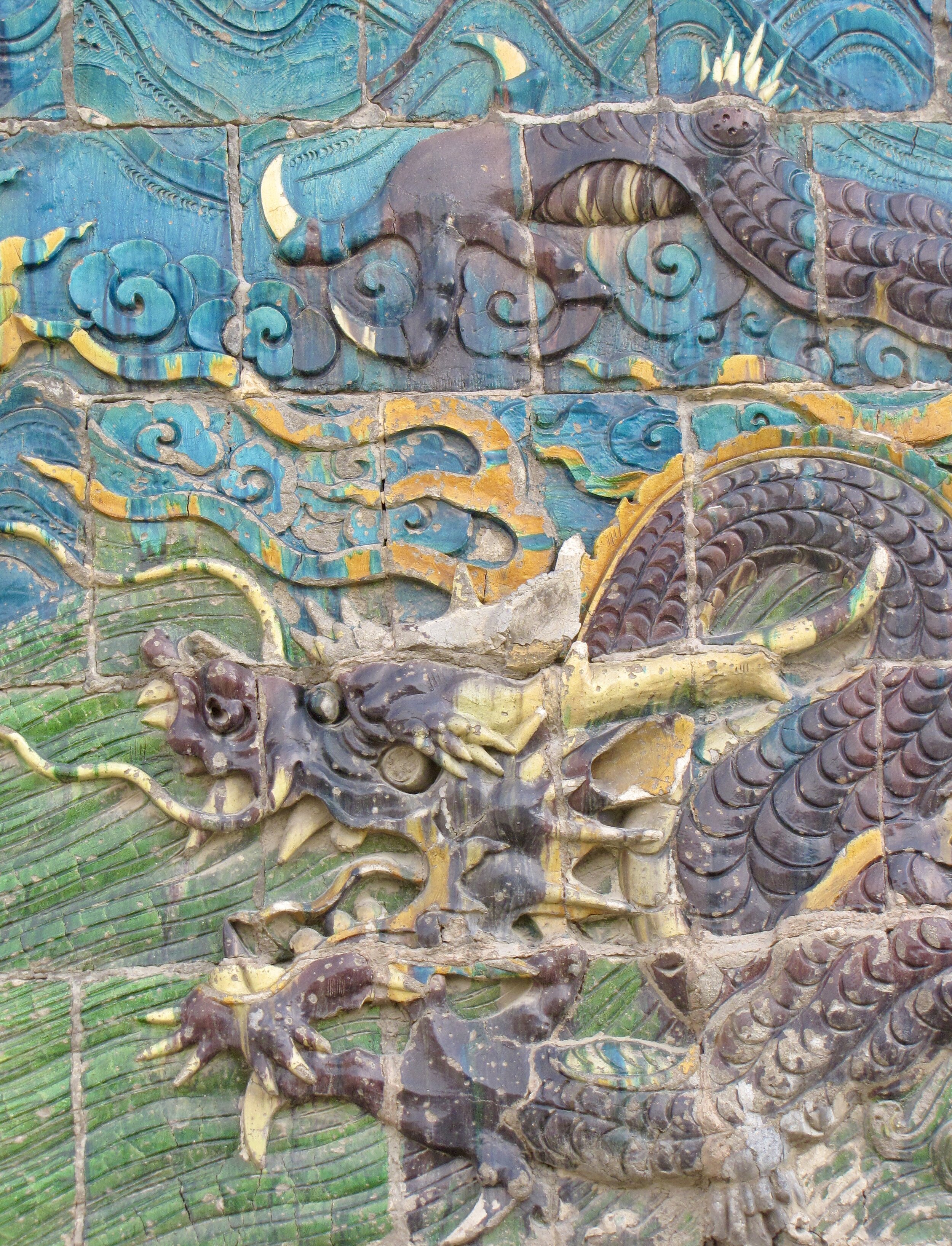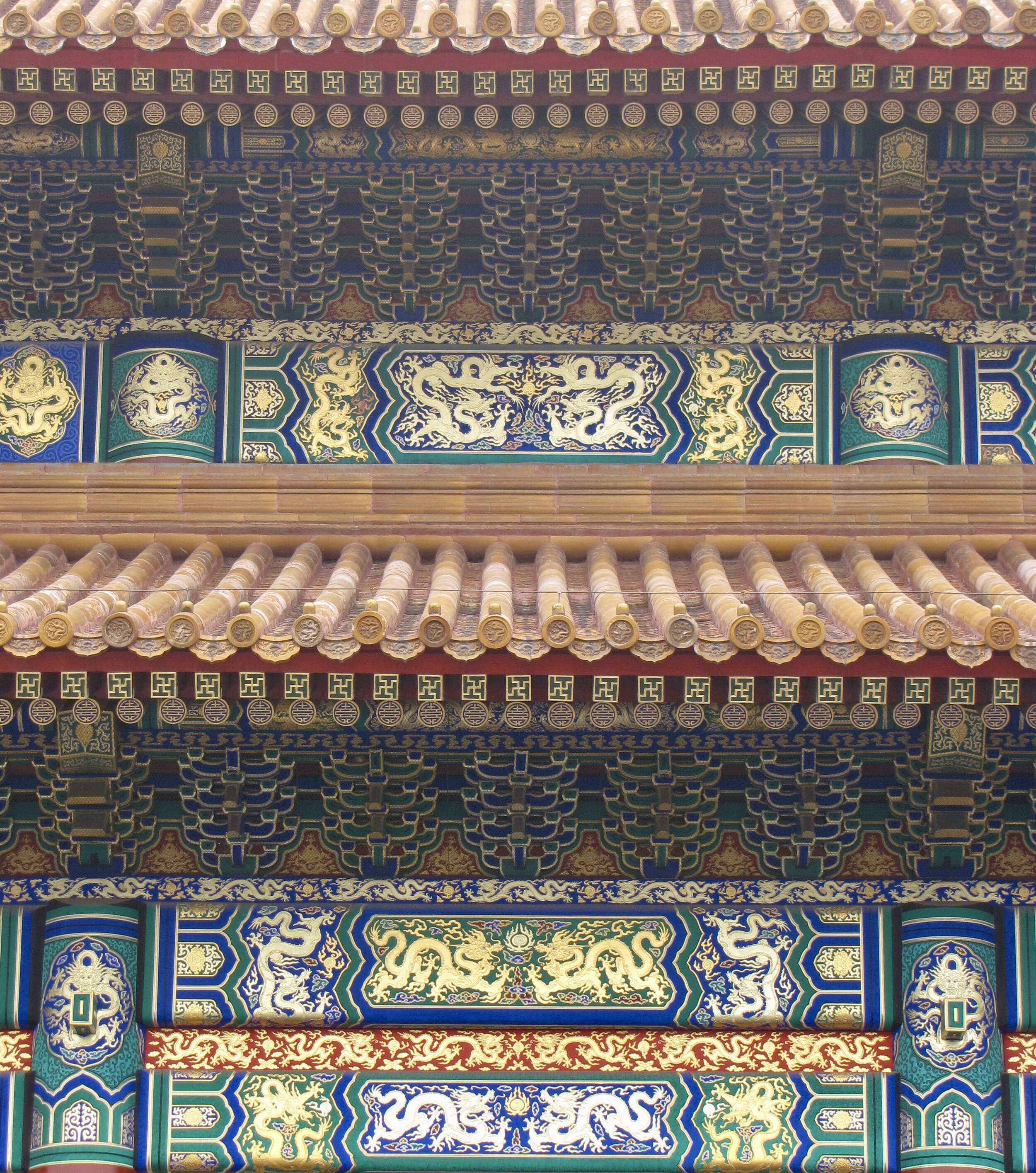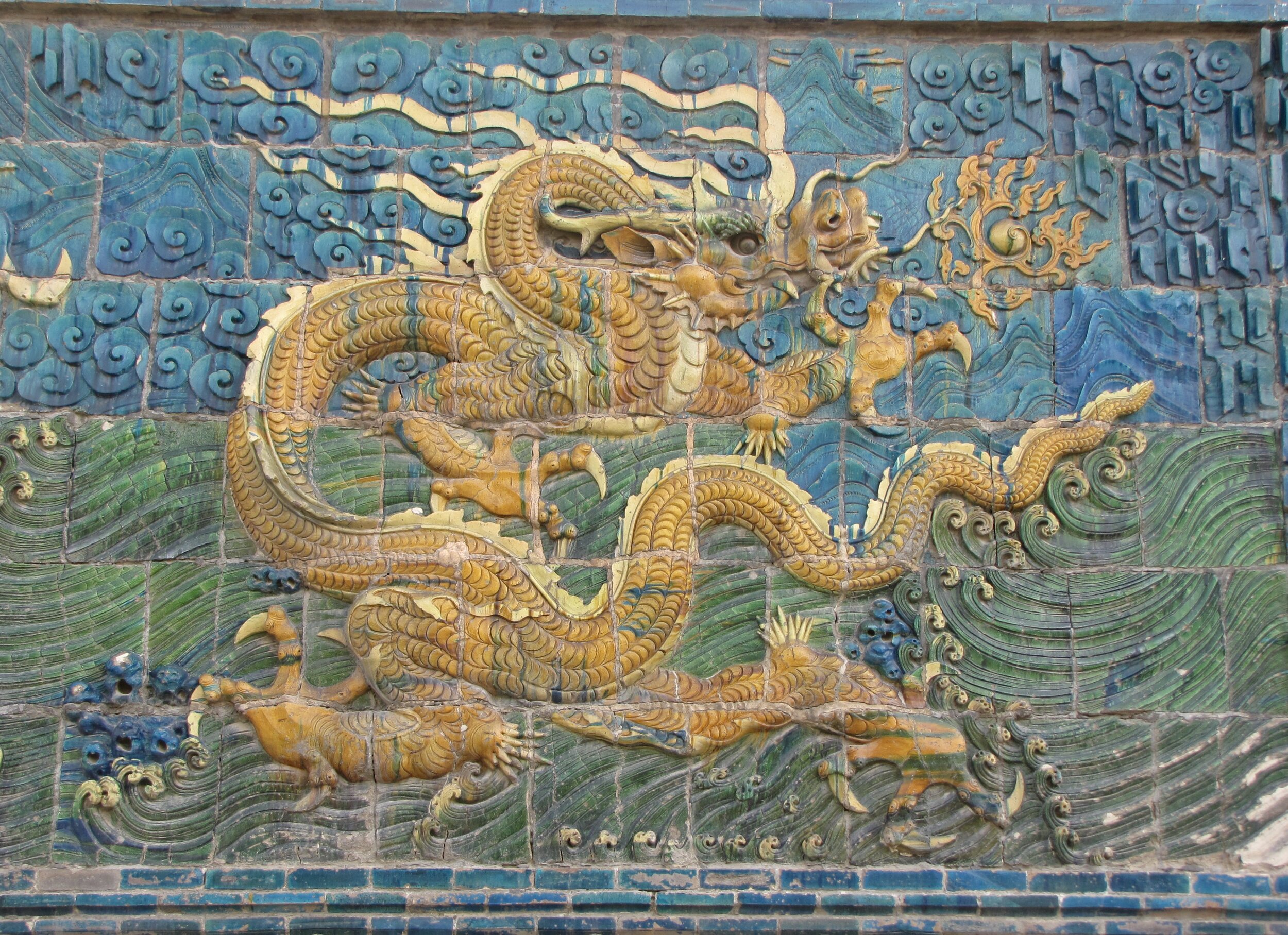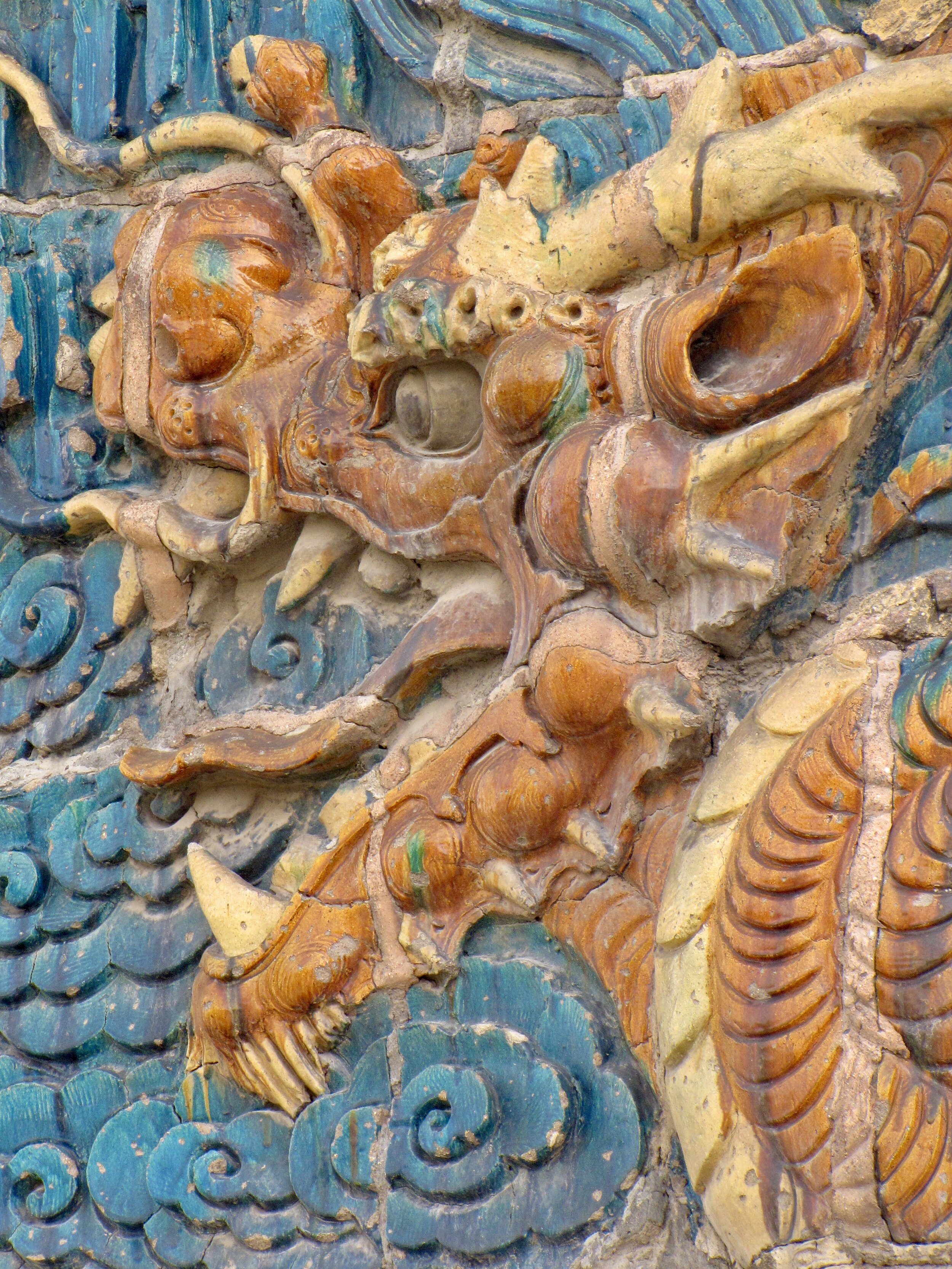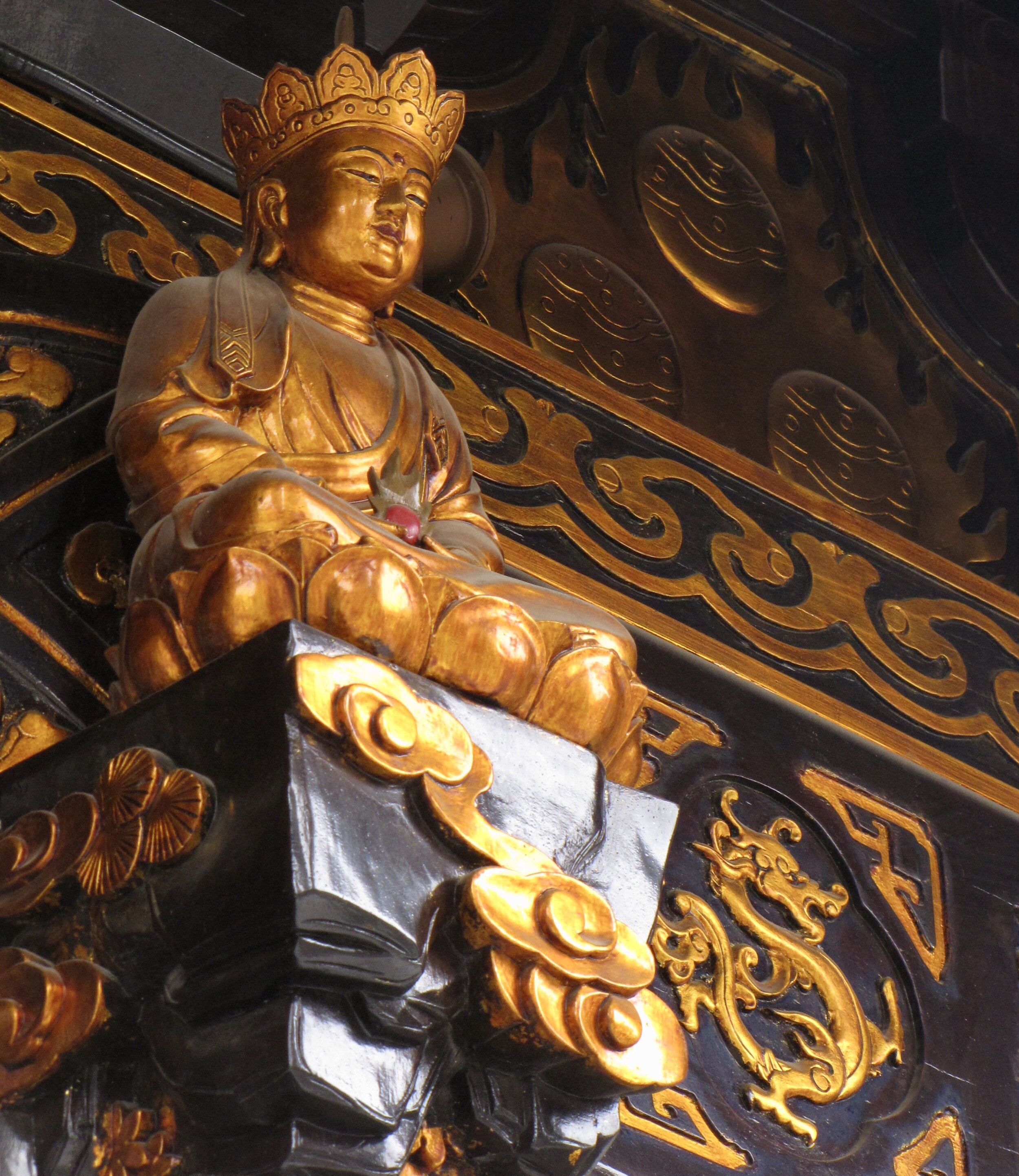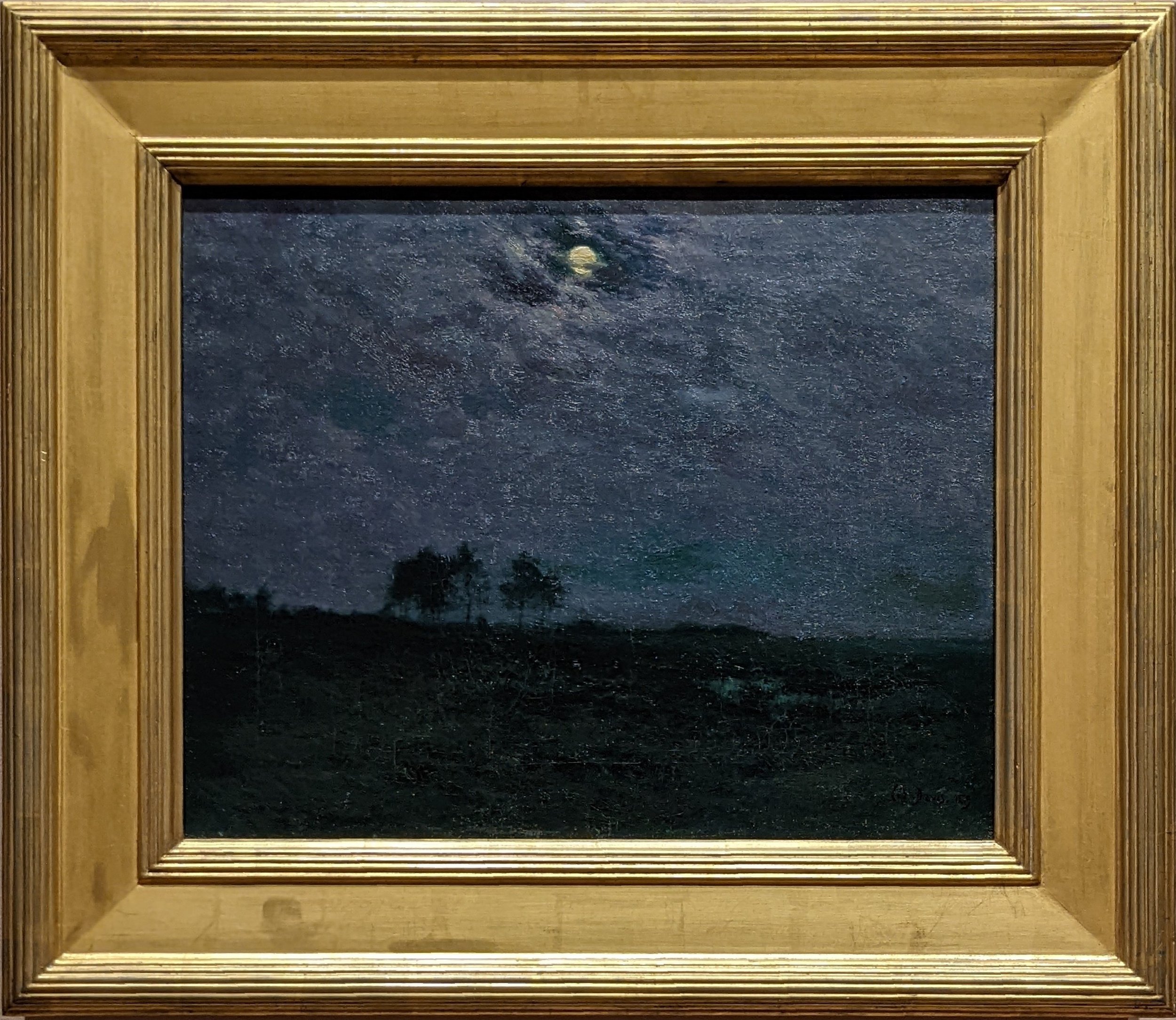
Charles Harold Davis (American), A Summer Night, c. 1910, oil on canvas. Collection of the Grand Rapids Art Museum.
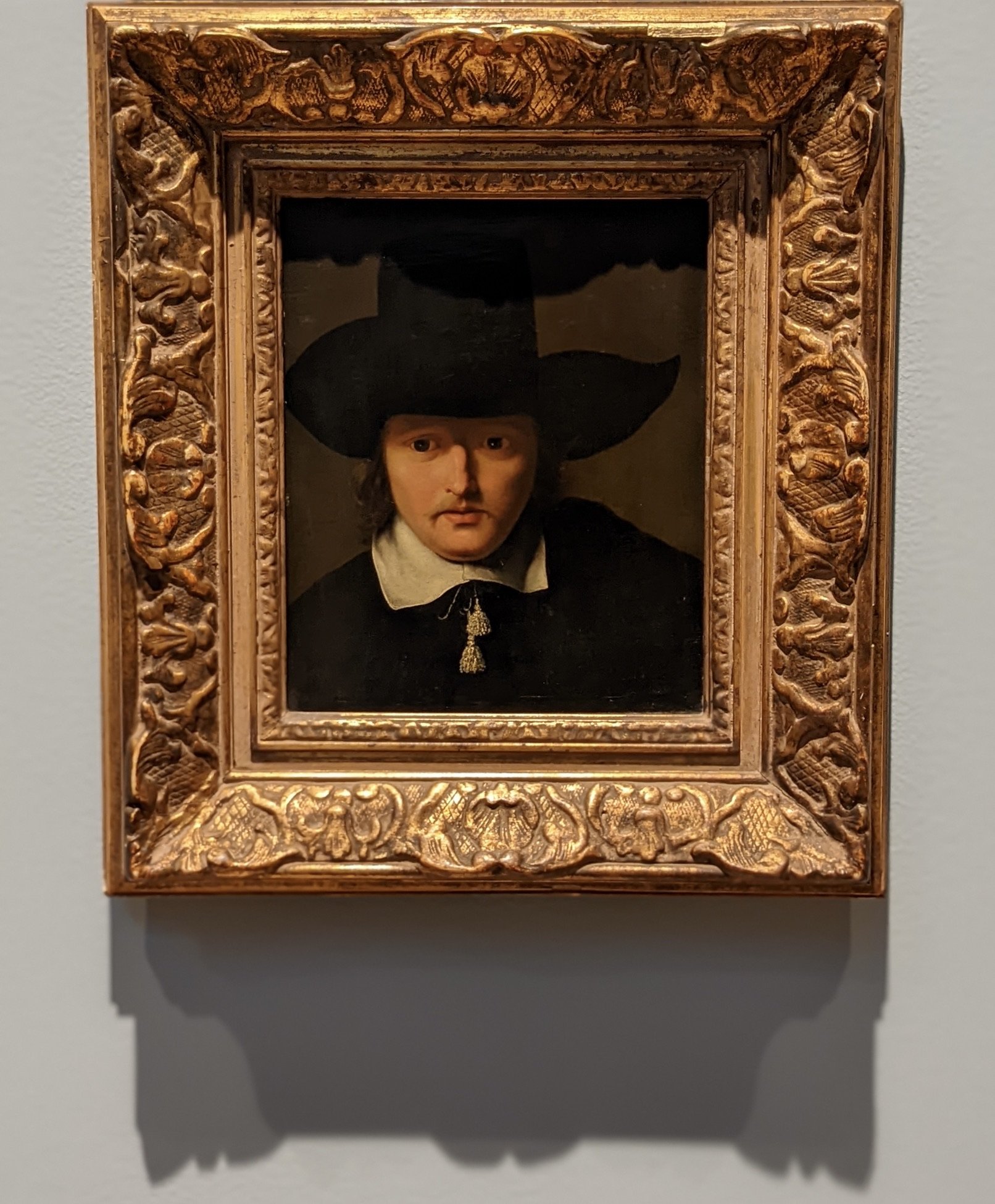
Ferdinand Bol (Dutch), Portrait of a Man, c. 1650, oil on canvas. Collection of the Grand Rapids Museum of Art.
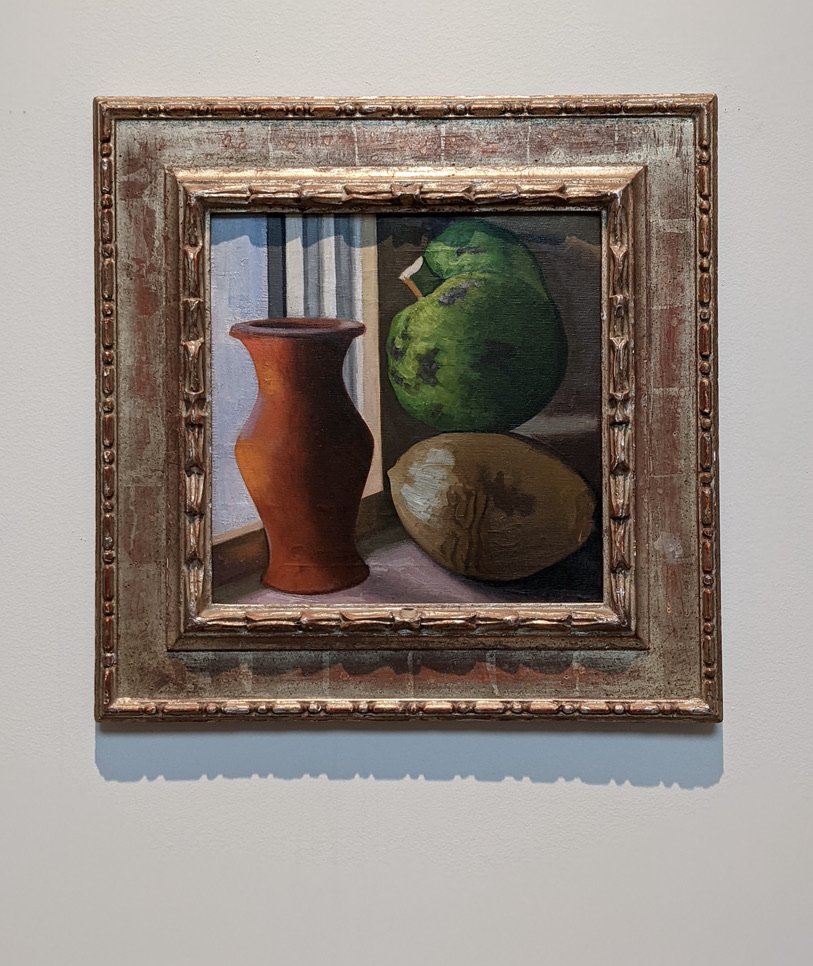
Joseph Stella (American), Still Life, c. 1925, oil on canvas. Collection of the the Grand Rapids Art Museum.
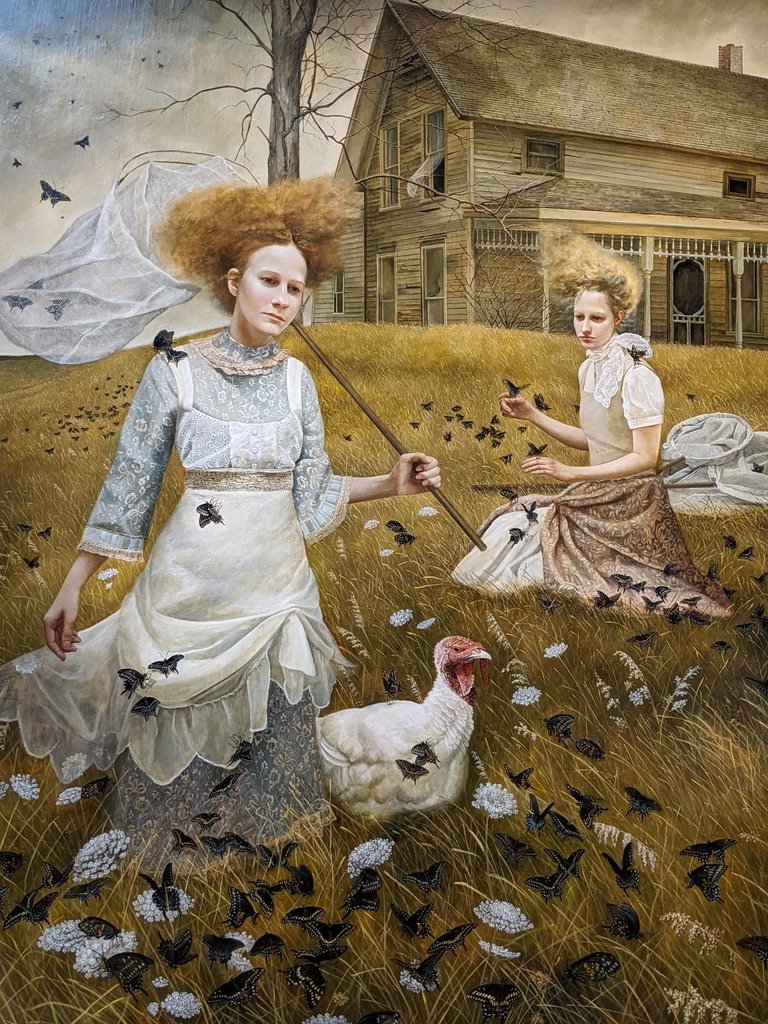
Andrea Kowch (American), Sojourn, 2011, acrylic on canvas. Collection of the Grand Rapids Art Museum.
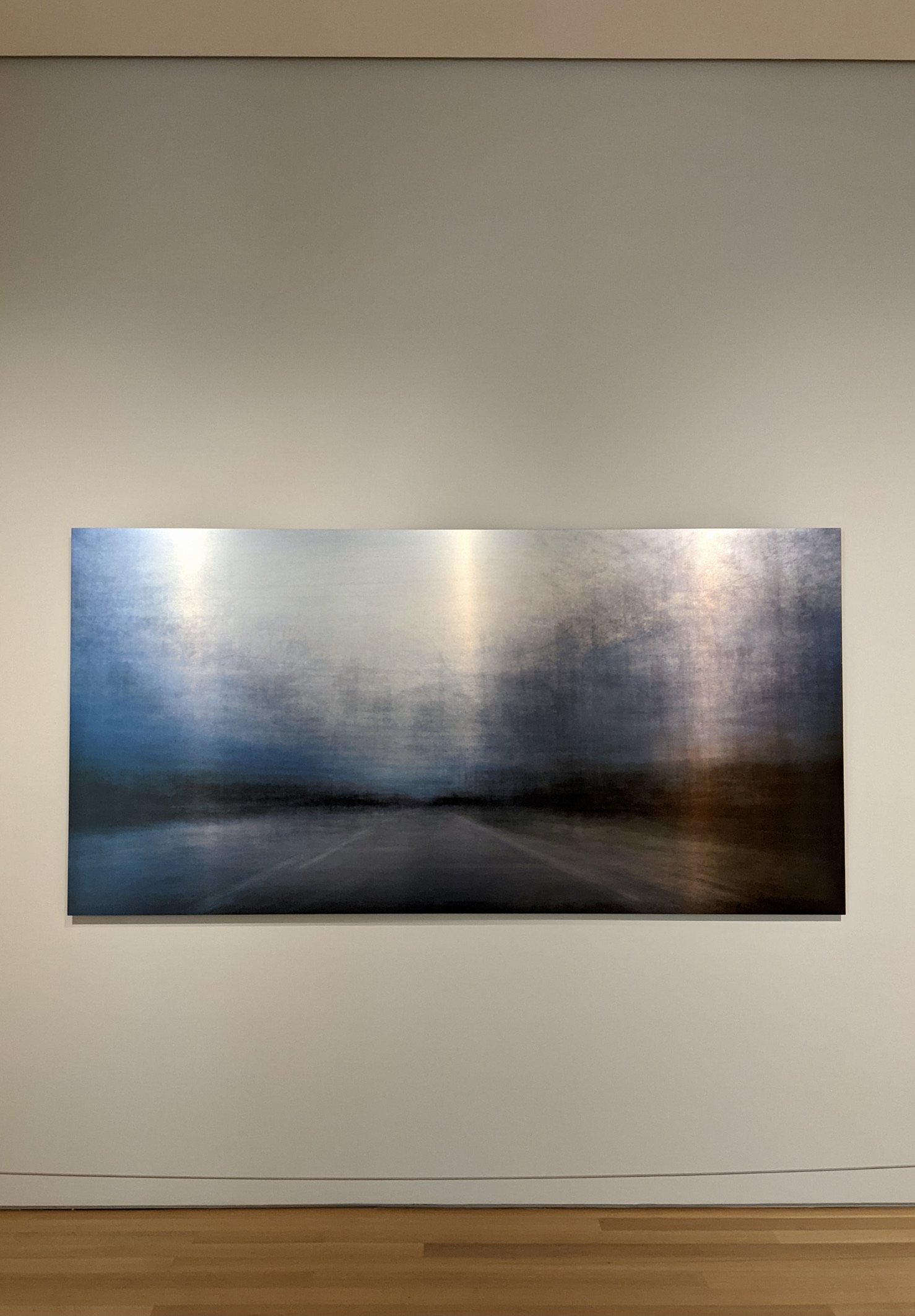
Al Wildey (American), Midland, 2010, digital composite on aluminum. Collection of the Grand Rapids Art Museum.
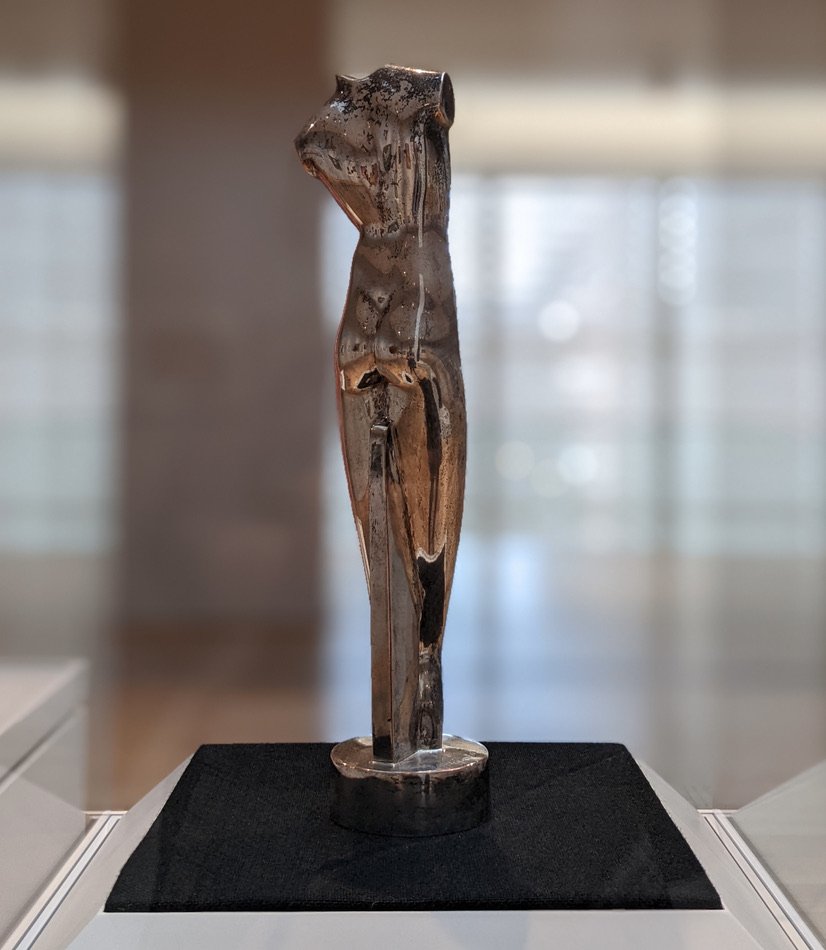
Alexander Archipenko (American, born Ukraine), White Torso, c. 1916, silvered bronze. Collection of the Grand Rapids Art Museum.
More images here.
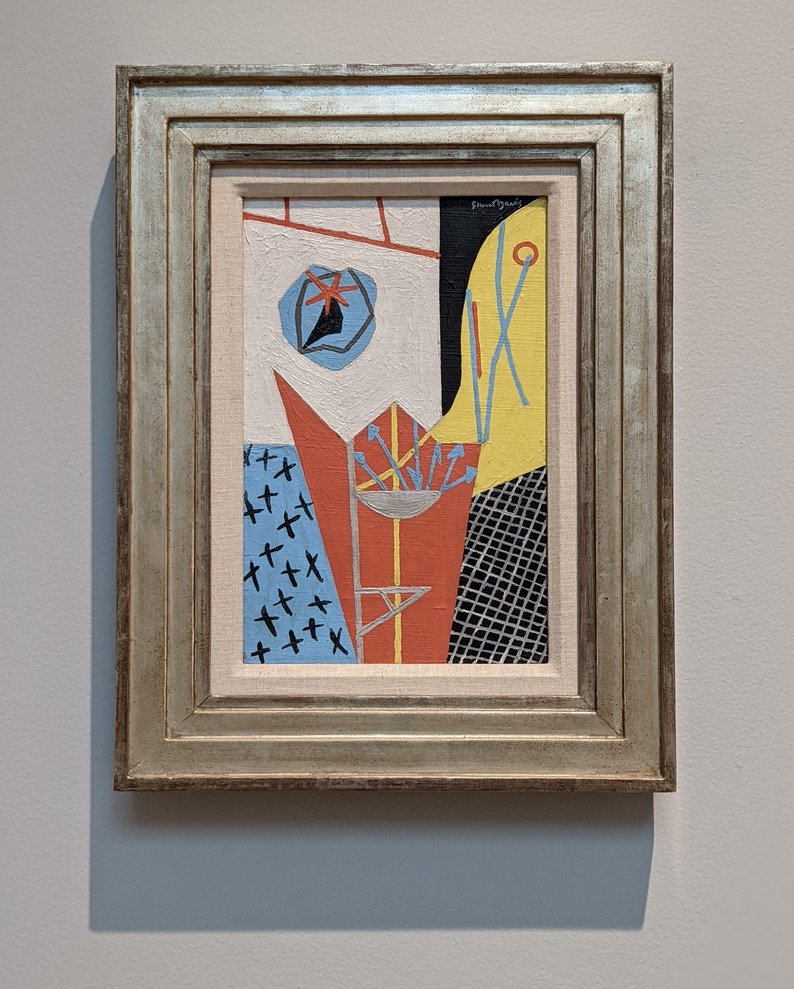
Stuart Davis (American), Configuration, 1946, oil on canvas. Collection of the Grand Rapids Art Museum.
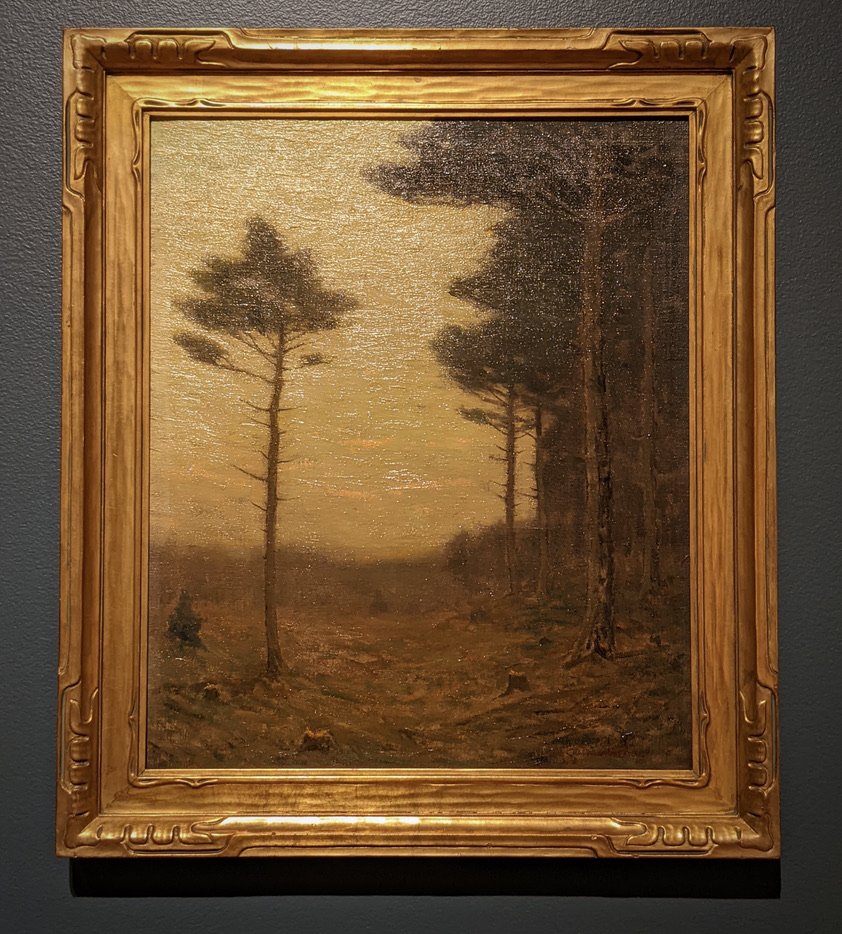
Charles Warren Eaton (American), The Afterglow, c. 1900, oil on canvas. Collection of the Grand Rapids Museum of Art.
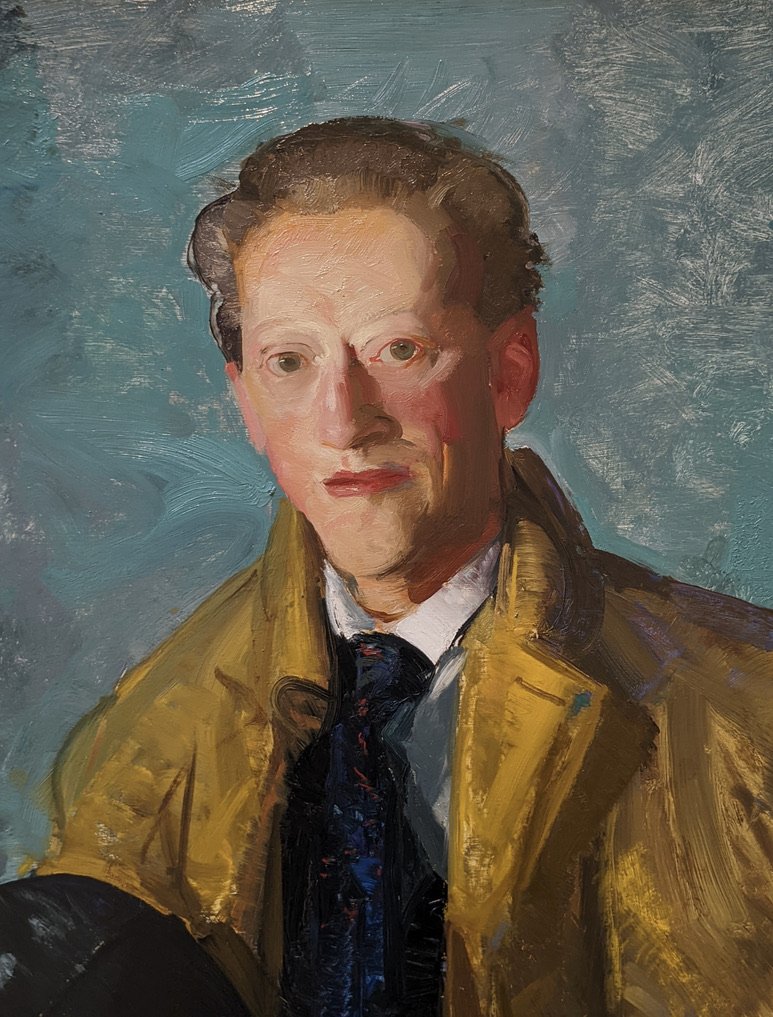
George Bellows (American), Portrait of Leon Kroll, 1915, oil on panel. Collection of the Grand Rapids Art Museum.
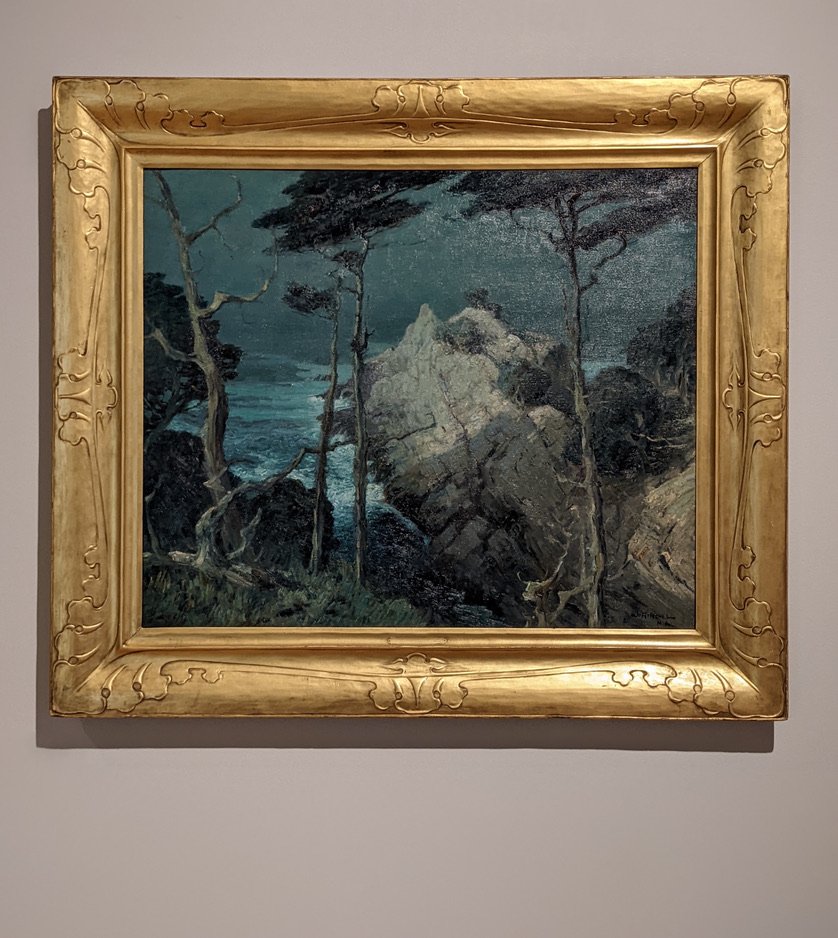
William Ritschel (American, born Germany), Moonlight at Monterey, c. 1920, oil on canvas. Collection of the Grand Rapids Art Museum.

Robert Henri (American), Portrait of Gertrude Kaska, 1904, oil on canvas. Collection of the Grand Rapids Museum of Art.
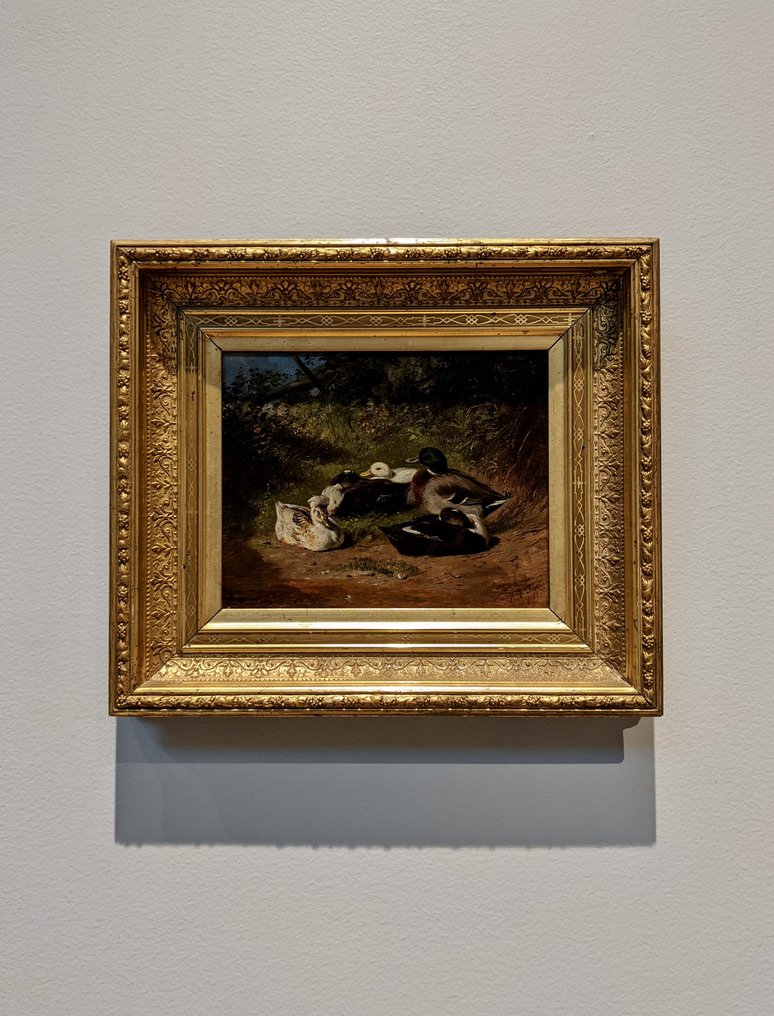
Arthur Fitzwilliam Tait (American), Five Ducks on a Bank, 1870, oil on artist board. Collection of the Grand Rapids Art Museum.
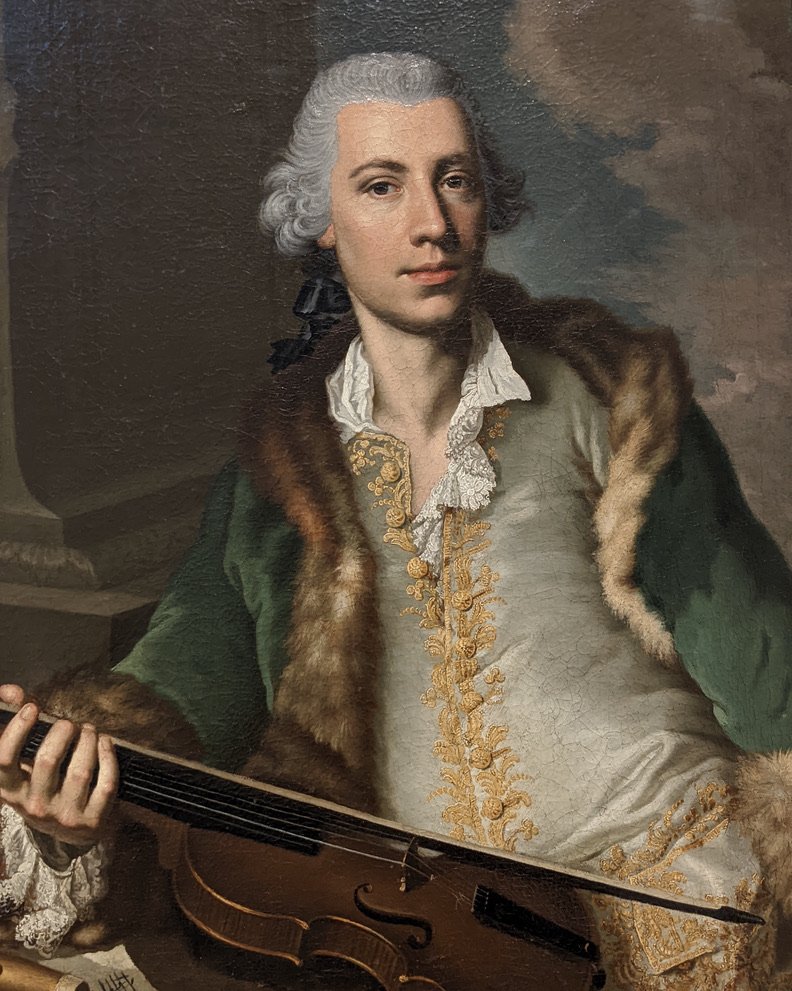
Johann Nicolaus Treu (German)/unkown German, Portrait of Johann Joseph Baptist Wucherer, 1761, oil on canvas. Collection of the Grand Rapids Art Museum.

Hans Arp (French), La Sainte de la Lisière, 1964, white marble. Collection of the Grand Rapids Art Museum.

Lawton Silas Parker (American, 1868–1954), First Born, n.d., oil on linen. Collection of the Grand Rapids Art Museum.
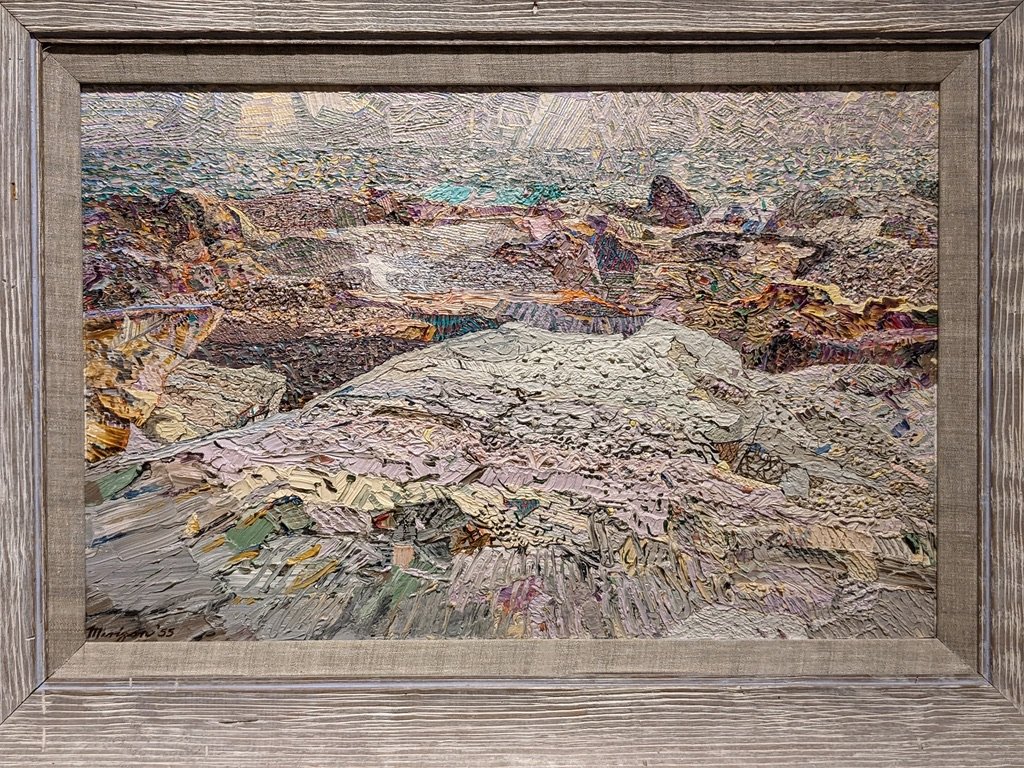
Armand Merizon (American), Rocks and Gull, 1955, oil on board. Collection of the Grand Rapids Art Museum.
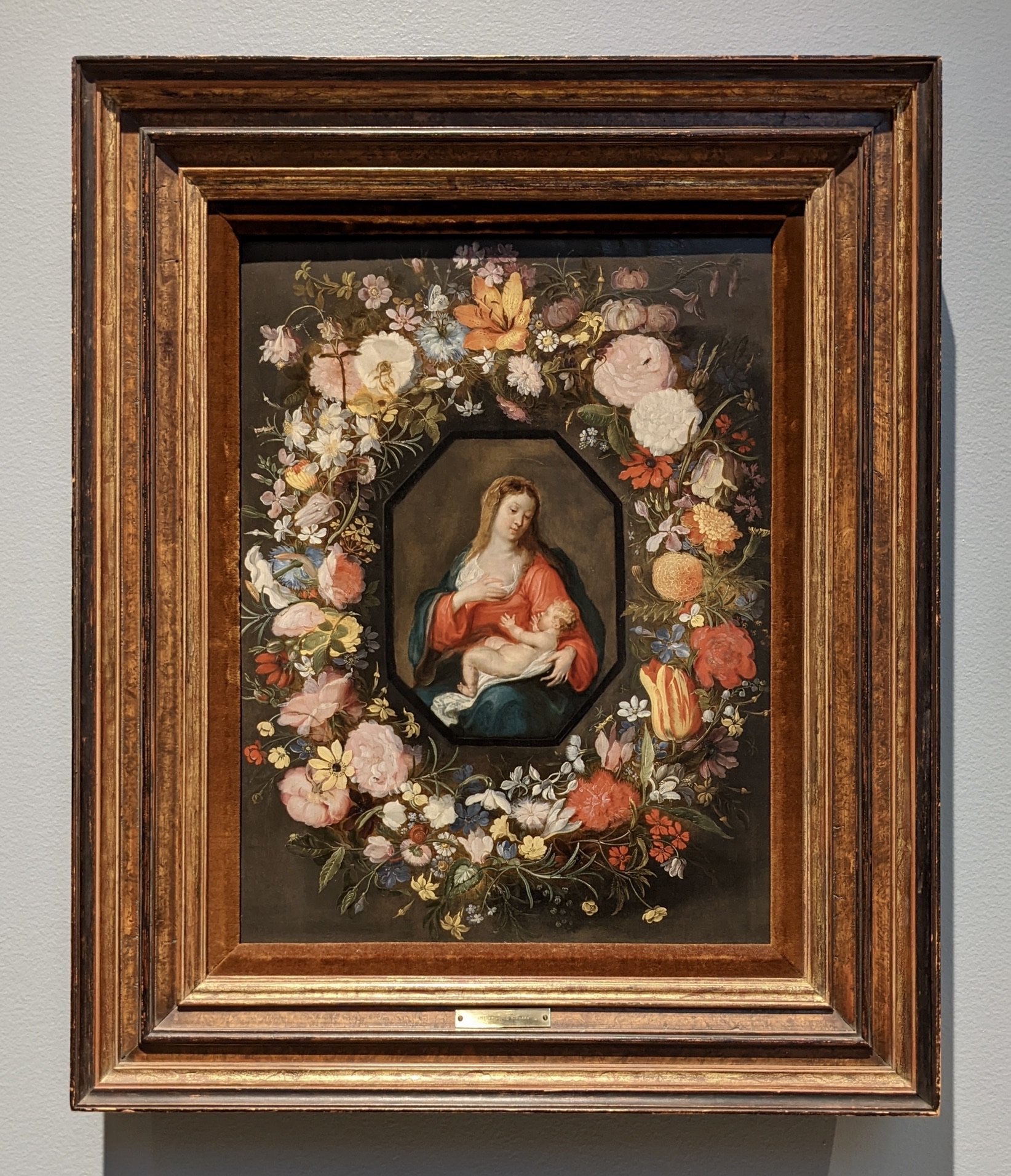
Jan Brueghel the Elder (Belgian), Madonna and Child Surrounded by Flowers, c. 1600, oil on panel. Collection of the Grand Rapids Art Museum.
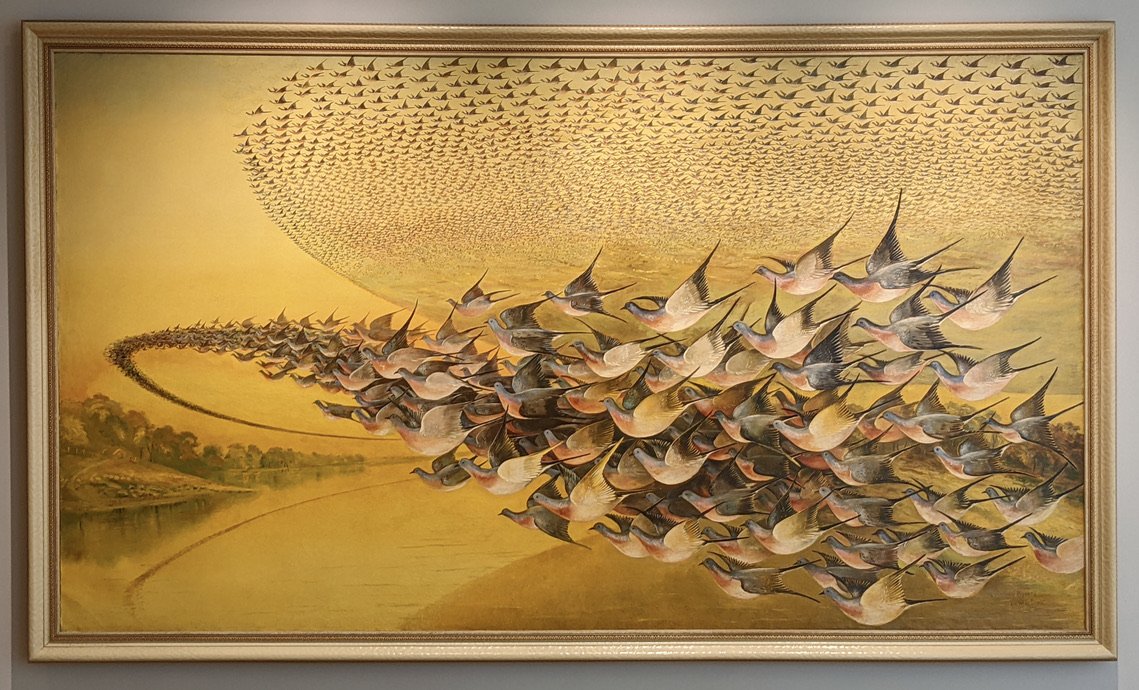
Lewis Luman Cross (American), Passenger Pigeons, c. 1900, oil on canvas. Collection of the Grand Rapids Art Museum.
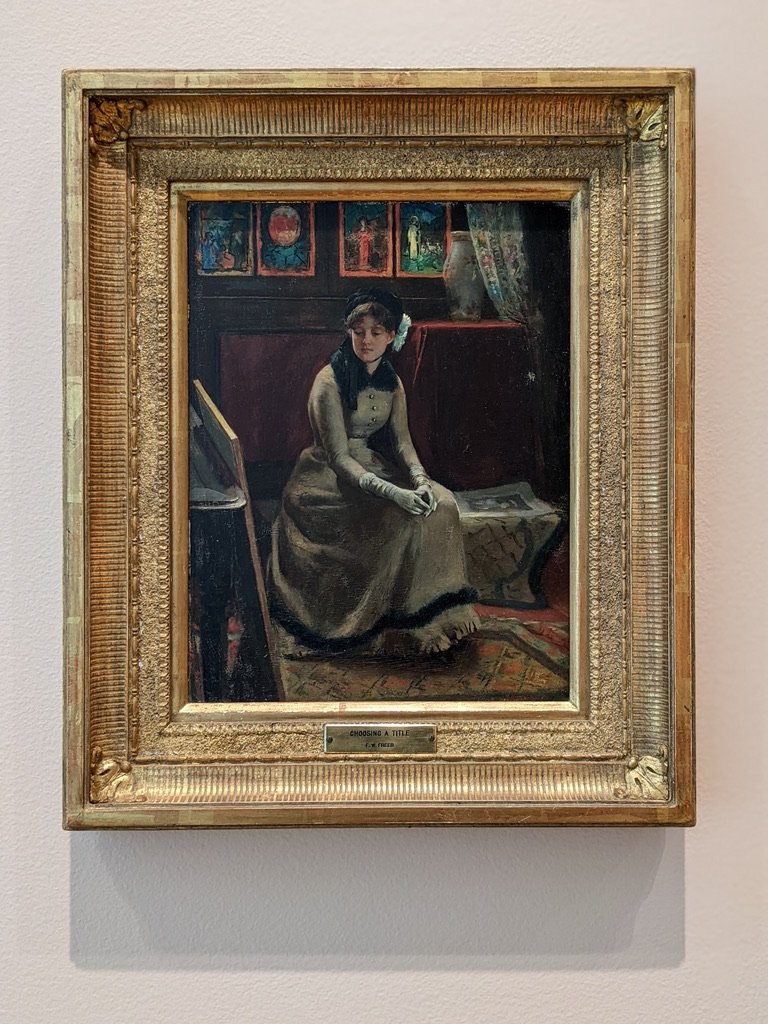
Frederick W. Freer (American), Choosing a Title, 1882, oil on panel. Collection of the Grand Rapids Art Museum.
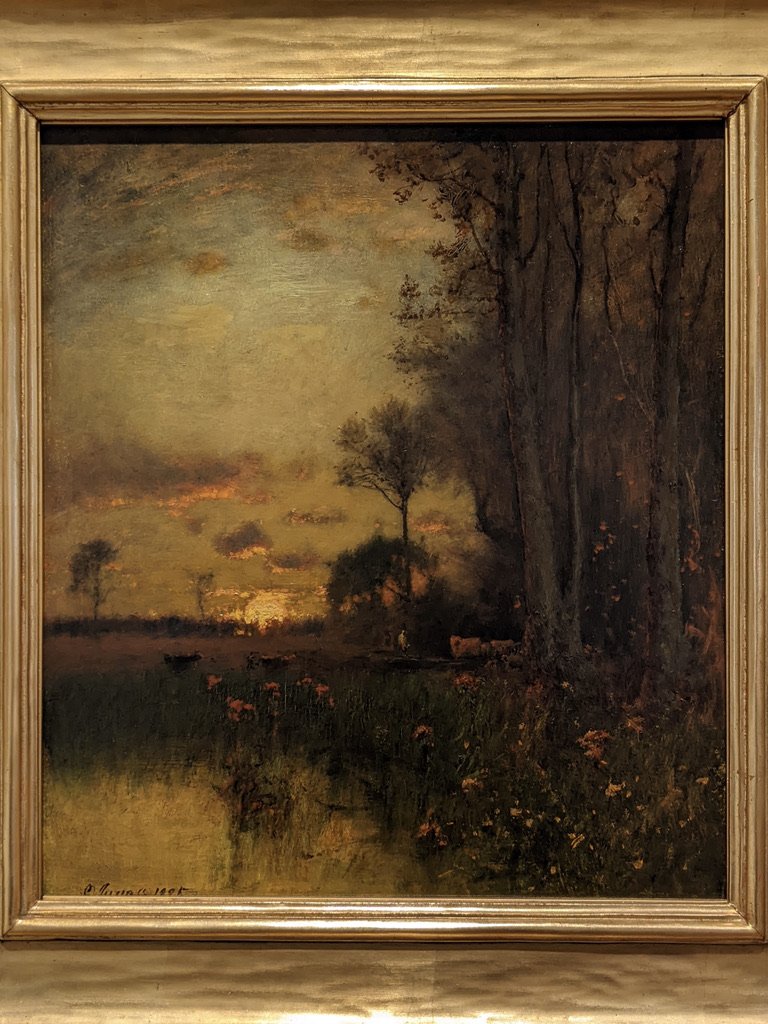
George Inness (American), The Last Glow, 1885, oil on panel. Collection of the Grand Rapids Museum of Art.
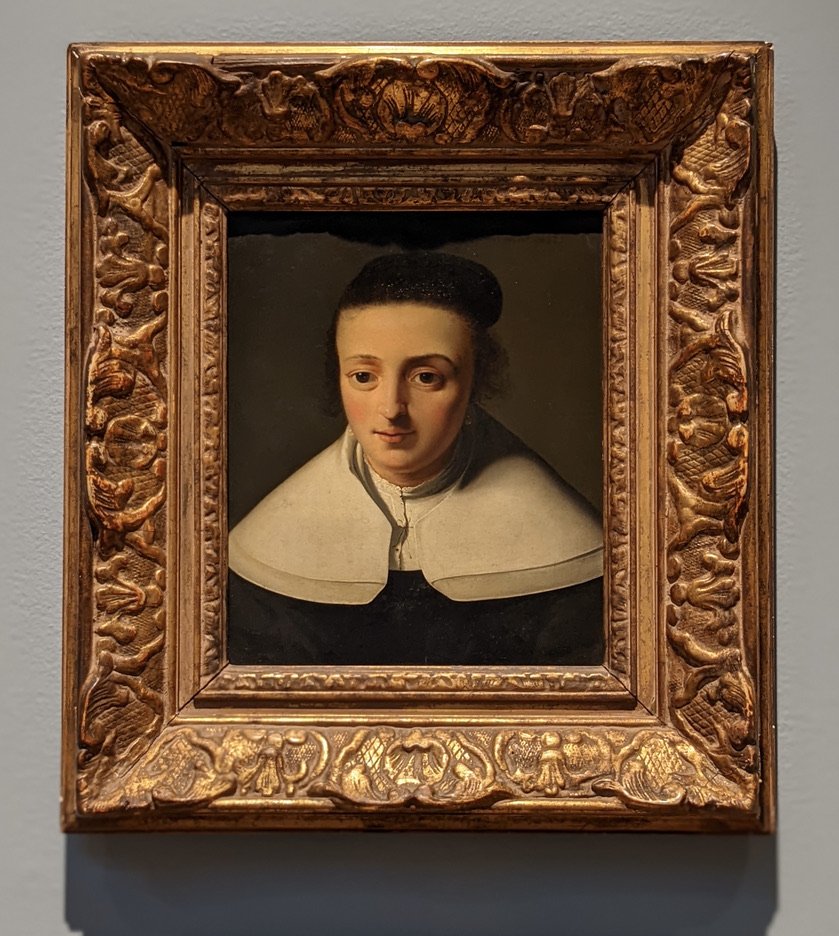
Ferdinand Bol (Dutch), Portrait of a Woman, c. 1650, oil on canvas. Collection of the Grand Rapids Museum of Art.
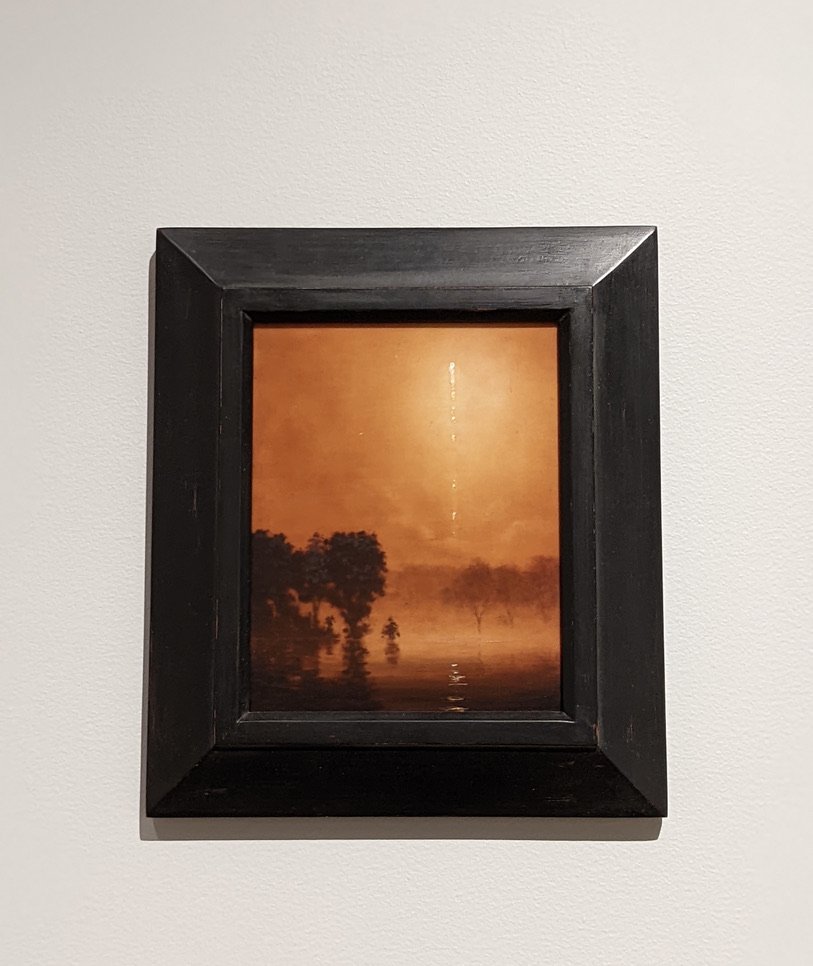
Stephen Hannock (American), Golden Launch at Dawn, 2001, oil on canvas. Collection of the Grand Rapids Museum of Art.
